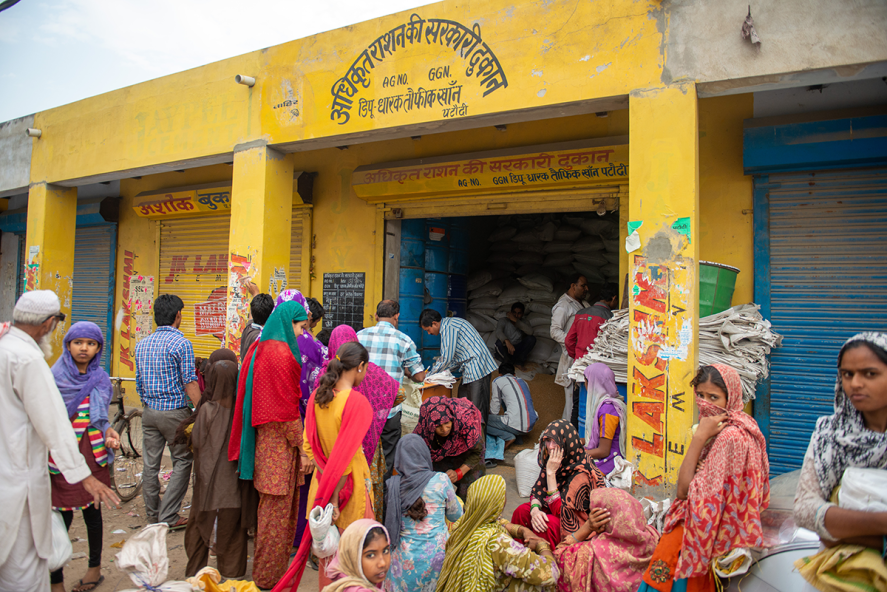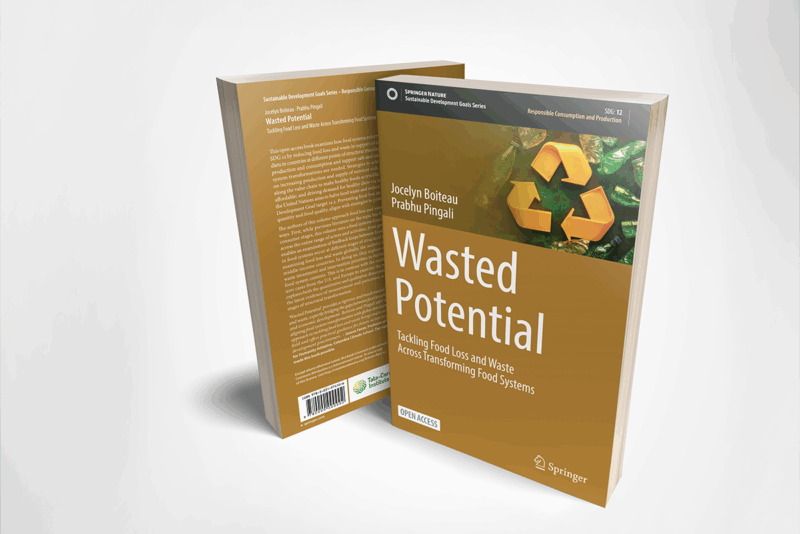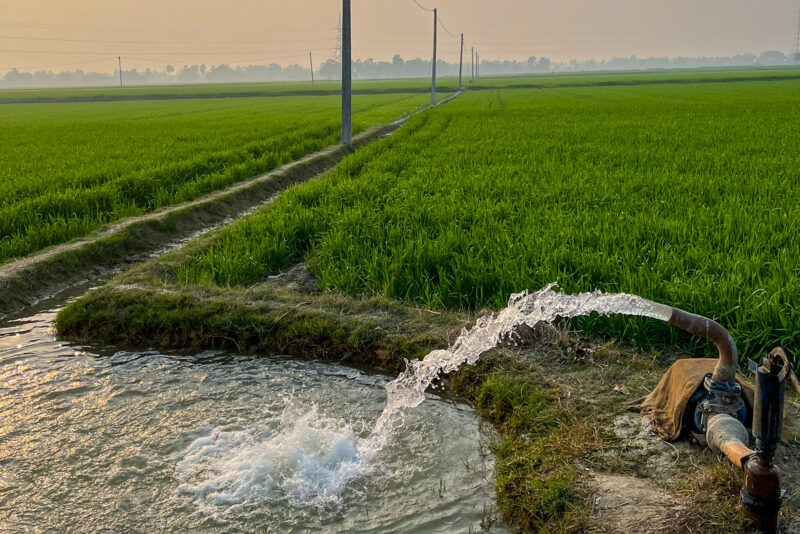New Project Will Reveal True Cost of India’s Food Subsidies

Each year, India spends tens of billions of dollars on the Public Distribution System (PDS), a food subsidy program that helps to ensure the food security of more than 800 million people. The largest such program in the world, the PDS is a monumental achievement for food security. But with high transaction costs and a reliance on resource-intensive crops such as rice and wheat, the actual cost of these subsidies is likely much higher.
A new project from the Tata-Cornell Institute for Agriculture and Nutrition (TCI) aims to estimate the true cost of the PDS by accounting for hidden costs like the health and environmental impacts of the program. The project will also model the costs of PDS alternatives that feature locally sourced grains and more nutritious options.
“The effect of the PDS on impoverished families cannot be overstated, but the truth is that we don’t know the real cost of the program and its impact on the environment, public health, and more,” said TCI Director Prabhu Pingali. “The price consumers pay for PDS food grain does not account for these ‘hidden’ costs, so policymakers cannot consider the true cost of the food basket when designing food-based safety net programs. This effort will offer evidence to make a vital program even stronger.”
Through the PDS, eligible households are entitled to purchase 5kg of food grain—rice, wheat, or coarse grains—per person each month at subsidized rates from fair-price shops located throughout the country. The grains sold at PDS shops are purchased by the government from Indian farmers at a guaranteed minimum support price.
“By laying bare the whole cost of the PDS and comparing it to other possibilities, we can provide policymakers with critical information needed to make India’s food subsidies more sustainable and nutrition-sensitive.”
Though the overall cost of the PDS varies by year, it accounts for about 5% of India’s budget, making it one of the government’s top five annual expenditures. In recent years, the government has budgeted between US$25-70 billion for the program.
While the PDS plays a vital role in providing affordable food for impoverished families, it has been criticized. The program’s emphasis on high-calorie staple grains instead of protein-rich options also creates problems. The government procures grains for the PDS from just a few states that are India’s primary producers of staples, offering an opportunity to explore the impact of current cropping patterns across the county. The TCI project will examine these issues and others by accounting for costs and societal impacts that are not counted in the PDS budget.
Researchers will also measure the costs associated with the current PDS food basket and compare them with costs associated with alternative PDS baskets that promote local procurement of grain and include more nutritious items such as pulses and millets. Modeling the costs of these baskets will provide policymakers with additional information for making the PDS more efficient and nutritious.
“Just as the PDS has been a powerful tool for ensuring impoverished people have enough to eat, it can also be used to provide people with more nutritious food,” Pingali said. “By laying bare the whole cost of the PDS and comparing it to other possibilities, we can provide policymakers with critical information needed to make India’s food subsidies more sustainable and nutrition-sensitive.”
TCI is undertaking the project with financial support from The Rockefeller Foundation. The findings and conclusions shared as part of this project are those of the authors and do not necessarily reflect the positions or policies of The Rockefeller Foundation.
Featured image: People purchase subsidized grain from a Public Distribution System shop in Haryana, India. (Photo by PradeepGaurs/Shutterstock)





